Shelly Rosenberg of Dallas-based design firm Acorn & Oak has two goals in exterior design: to act as a partner with the natural world to make beautiful and fulfilling environments — and to help those with disabilities have full access to the outdoors.
As it turns out, her involvement with designing outdoor spaces for those with disabilities is personal.
“My focus turned toward disability when my third child was born with Down syndrome,” she says. “I was quickly introduced to other families living with challenging conditions and diagnoses. It was clear that people living with disability needed designs that were not only specific to their unique needs, but centered on concepts that support accessibility and better health.”
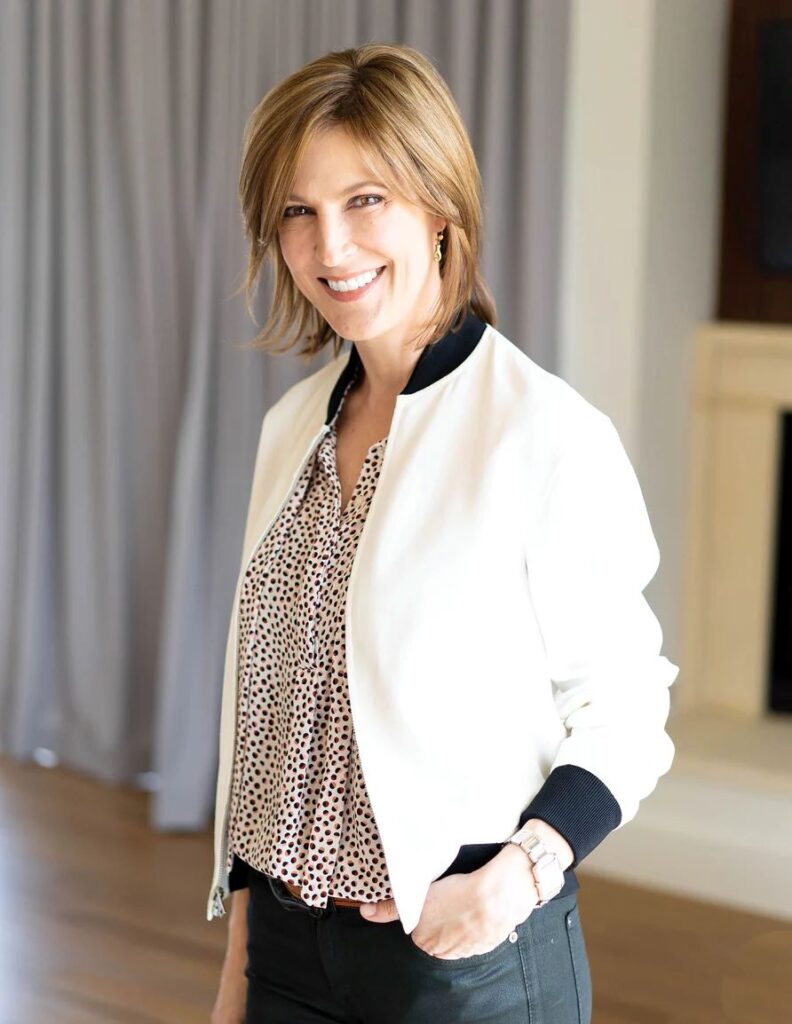
Rosenberg points out that spending time outdoors has direct benefits, especially for those with disabilities.
“The average person spends 90% of their time inside of buildings and that air is likely two to five times more polluted than outdoor air (via the EPA),” she says. “If you add the additional hours that the disabled may spend isolated at home or in medical facilities and therapeutic settings, the percentage of time inside is likely much higher. As a designer for the disabled, I understand the importance of having an easy way to access nature on a regular basis.”
That accessibility goes well beyond the idea of having ramps replace stairs, for example.
“Each disability poses unique design challenges,” Rosenberg says. “Many of my clients are sensory sensitive. And those sensitivities can require more or less stimuli. For example, if the client is autistic, they may be avoidant of bright light and unsteady furnishings. I would then provide shady spots and stationary seating to relax in. A client living with ADHD may seek out brighter light and enjoy furnishings that allow movement like rocking chairs or hammocks.”
She added that she sees particular challenges throughout the community, especially for children.
“A major challenge that I see is in public playgrounds and community spaces,” says Rosenberg. “While the ADA laws are typically followed, there are usually many design flaws that make navigating or enjoying these areas difficult for people with both physical and cognitive disabilities. An example would be a playground that utilizes ramps for wheelchair access but then covers the ground with wood chips that are tough for wheels to roll through (this is tough for mothers using strollers as well).
“Or a giant, open playscape may seem attractive to typical kids but there are no quiet places of refuge for children who get emotionally dysregulated. Sometimes public venues do actually provide well-thought-out spaces for the disabled, but they are located in a marginal area or the entrances to these accommodating sections are separated from the main path, leaving people feeling disconnected or excluded.”
Rosenberg learned early on in her career that a feeling of connectedness to the outdoors is important.
“The first half of my career was focused on interior spaces,” she says. “It seemed that landscape architects had the beat on exteriors and were more familiar with commercial-grade products that performed well outside. Over the last decade or so, the line between indoor/outdoor has blurred. Technological advances in textiles and a focus on family-friendly materials offered residential designers the opportunity to add outdoor living spaces to our services.
Rosenberg points out that life outside is a reflection on an innate human preference for nature and natural elements.
“Our relationship with the outdoors is imperative to better health and well-being,” she says. “We are literally hard-wired to seek out natural light, fresh air and a partnership with plants — elements that outdoor spaces provide easily.”
That’s especially true for those of us who have disability challenges. In a way, that will be most — or all — of us sooner or later, she says.
“Over 25% or one in four Americans are disabled in some way, according to the CDC,” says Rosenberg. “In fact, all humans will eventually experience disability; it’s not an if, but when, scenario. We have a responsibility to design public spaces with all ages and stages in mind. When we design inclusively in residential spaces, everyone benefits. The concept of ‘visitability’ means that when a home is designed to address universal needs, anyone can visit a home and expect to feel welcome and safe.”
Serving those with disabilities is not only the right thing to do, it can be the profitable thing, as well.
“The disabled community has a sizable market share,” she says. “They have discretionary money to invest in home improvement. The number of children born with neurodiverse brain types, like autism, is growing every year. Fifty percent of aging adults, like the boomers, are expected to be diagnosed with dementia or Alzheimer’s. The possibility that you will have clients that need support is greater than ever. They need, and deserve, equitable opportunity to access and experience both indoor and outdoor spaces alike.”
The best way to get started on outdoor design for those with disabilities? “My advice would be to simply open your mind to the opportunity this type of design can offer your business,” says Rosenberg. “Interview friends and family about what needs aren’t being met and look into solutions. Designers and architects can also seek out CEUs, courses and certifications in designing for the aging, the neurodiverse and the physically disabled. “

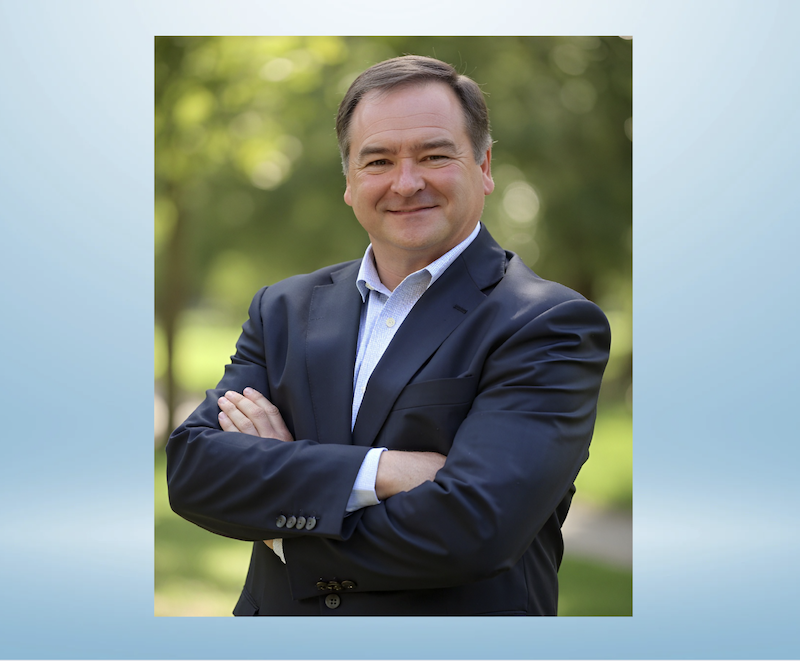
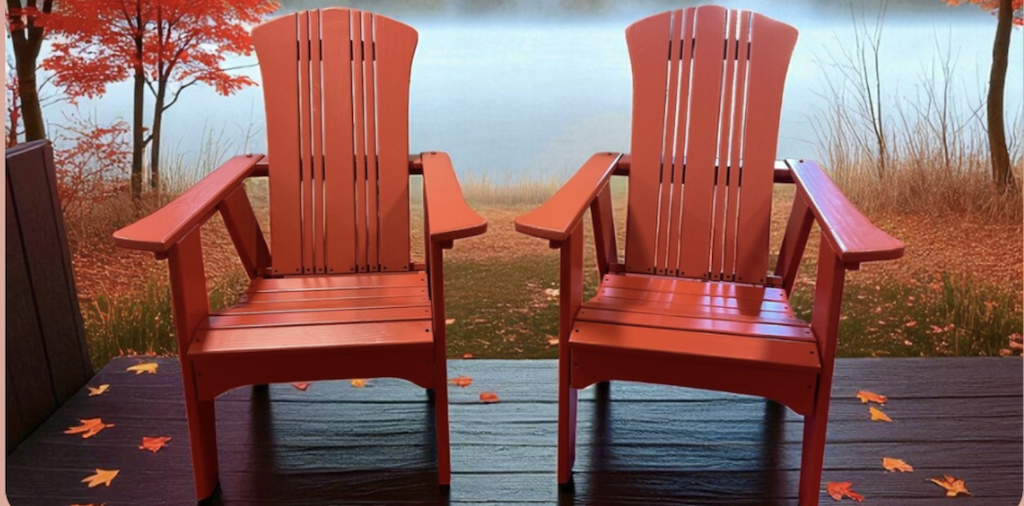
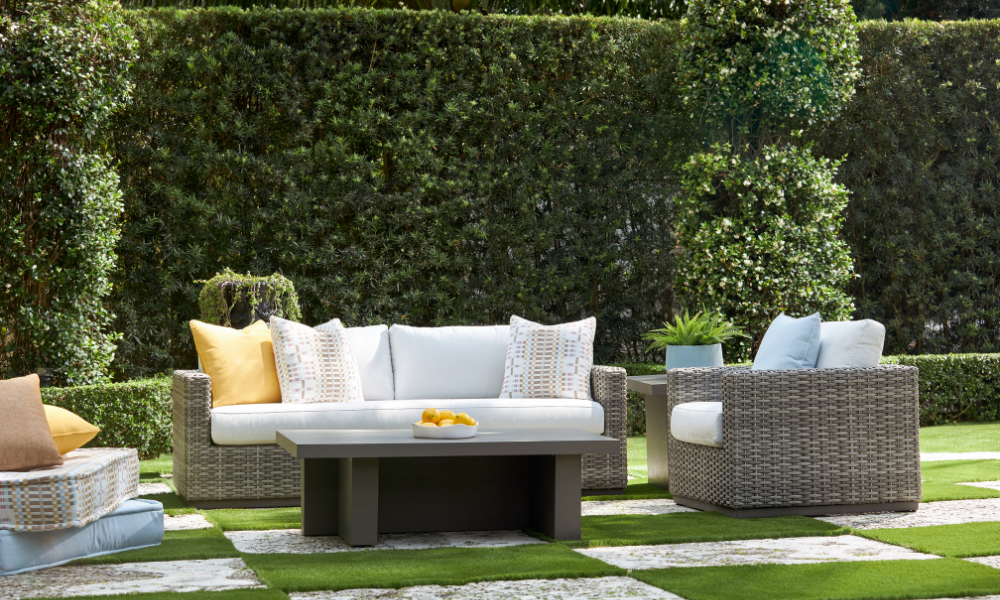
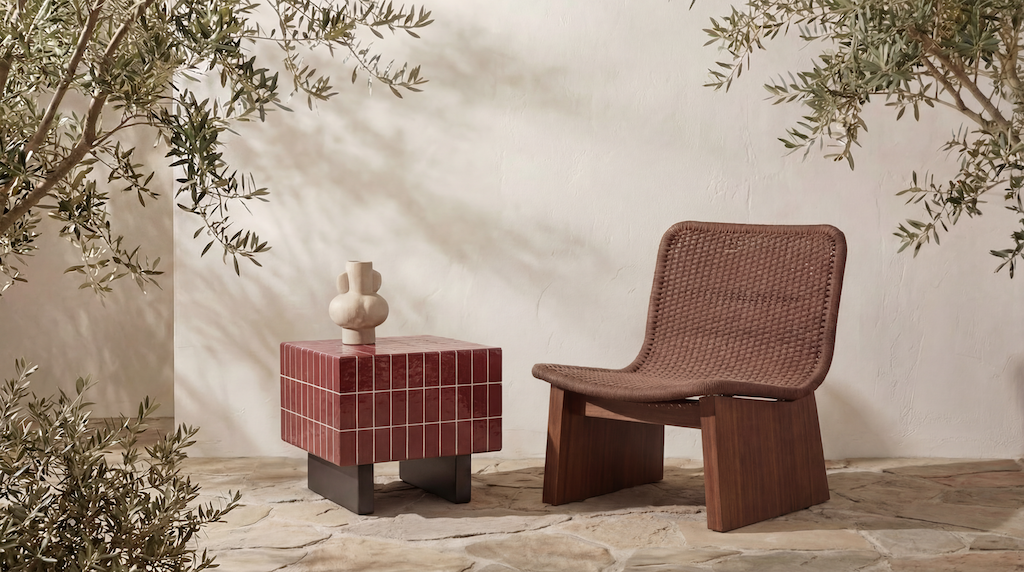

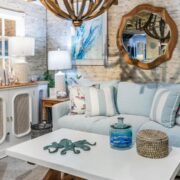
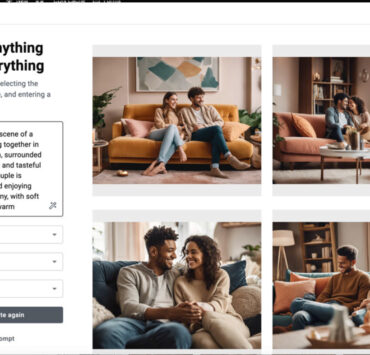

This is such an important and timely focus. Designing outdoor spaces that are accessible to everyone is not just a matter of practicality but also inclusivity. As we move forward, I hope more designers embrace the challenge of creating spaces that invite everyone to experience the outdoors—no matter their abilities.